The culprit I found crawling on my container gardening veggie plants was none other than the infamous spider mite! Spider mites are insidious little critters that suck plant juices and cause plant leaves to turn yellow and wilt. Because they are microscopic, it’s easy to think your plants may just need fertilizer at first. This is why monitoring your plants for pests on a weekly basis is so important.
Aside from using my loupe to examine plant leaves, I also used a piece of white paper. I gently tapped the leaves and dozens of tiny critters fell onto the paper. Many of the plants had some tiny webs on them, which can be a sign of epically large spider mite populations. Since I don’t have a great macro camera, I’m not able to show you what the mites look like up close. However, check out this video I took last year of an infested miniature rose plant. You can even see them crawling around. Creepy!
The best way to control spider mites is to avoid them in the first place. These pests love dusty, dry conditions and stressed plants. Rinse your plants off when you water and purchase healthy plants. Often, predatory mites and other beneficial insects help keep spider mites in check. However in dry years like 2015, it can be difficult. In my case, I believe the plants I purchased already had a small population.
To control the spider mite infestation, I purchased a product who’s label indicated death to spider mites! The main ingredient is a horticultural soap, but I could have used a horticultural oil. I highly recommend purchasing products in a ready-to-use bottle for small jobs like container gardens. I don’t recommend making your own soap or oil, I’ll write more about why in a later post.
Luckily, horticultural oils and soaps have a low toxicity for honey bees and other pollinators. According to University of Connecticut, these products are not toxic once dried. They kill pests on contact, so spray in the evening when most pollinators aren’t out. You may want to examine plants for other beneficial predators ,however, like assassin bugs and preying mantids. Persuade them to move onto a piece of paper, then transfer them to a safer location before you spray.
Remember to follow label directions to protect yourself, and don’t spray when it’s windy. Never use these products when temperatures are above 90 degrees, otherwise the product may “burn” your plant and cause leaves to turn yellow, then brown. To apply, spray both the top and the underside of the leaves.
I’ve sprayed all the vegetable plants that showed symptoms of spider mites, stay tuned to find out what happens next!
If you want to read more about vegetable gardening, please check out my site! I’ve written a lot about the basics of fruit, nut and vegetable gardening under Edible Gardening.
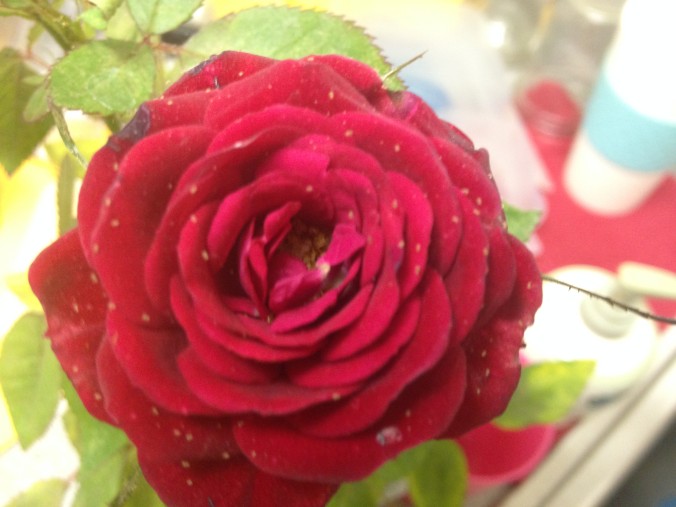
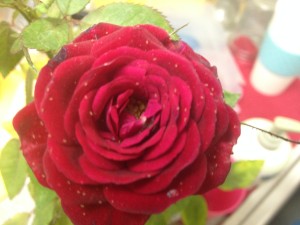


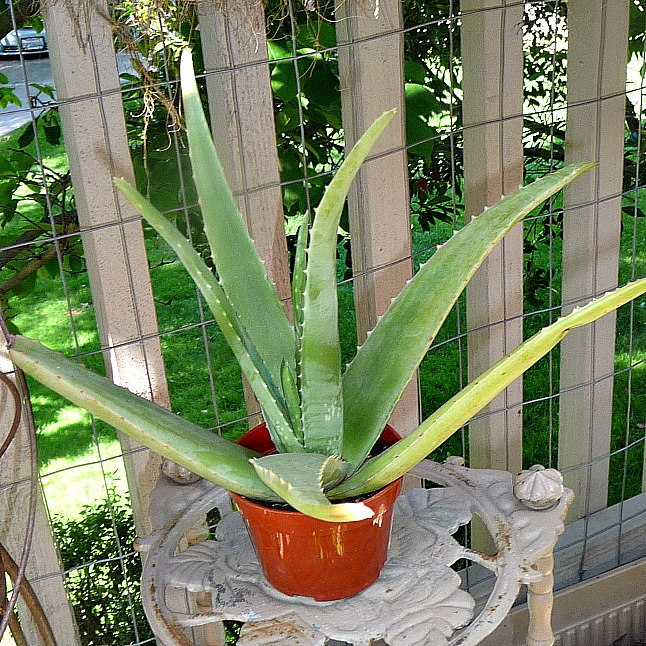

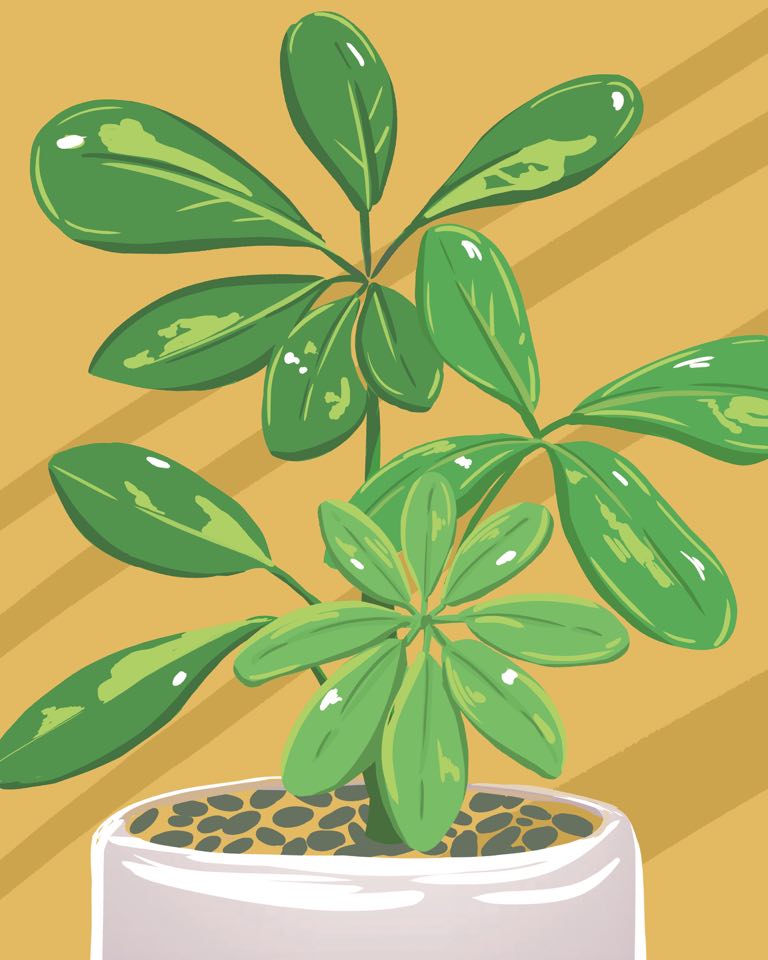
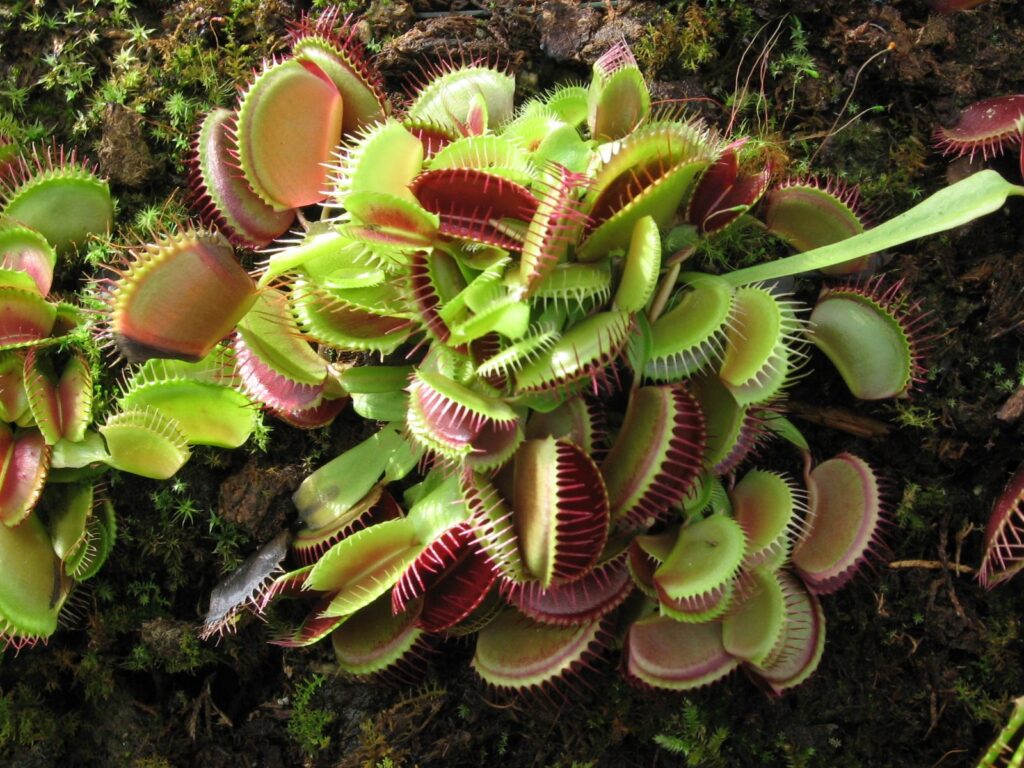
Leave a Reply